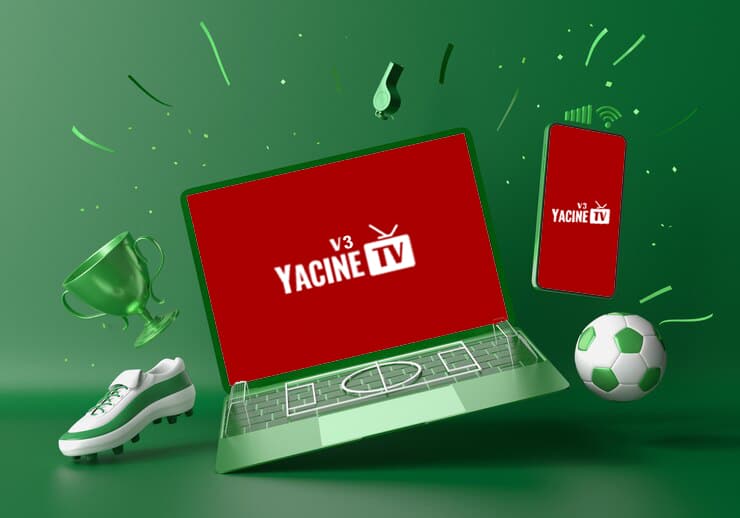Character AI and Legal Regulatory Challenges
Now that character AI is making its presence felt in a wide array of fields, such as education and entertainment among others, the law on this technology is more complicated than ever. A recent survey by McKinsey, for example, revealed that 60% of companies plan to incorporate AI technologies in their operations > however the speed with which this is taking place underlines an urgency to consider and address the legal challenges arising. From a legal and regulatory perspective, this blog post investigates different forms of character AI in order to argue that the current disjointed framework is insufficient for characterization purposes as these norms continue rapidly evolving.
Character AI as Conversational Companions
Character AI has evolved from gaming, where it was used to create lifelike opponents, to platforms like Crushon AI that offer interactive, human-like conversations. These AI models are designed to engage in dynamic AI chats, provide personalised assistance, and generate creative content. Their applications span from educational tools and customer service to interactive storytelling and beyond.
Evolution of Character AI
In the decade since, character AI has progressed from rudimentary chatbots to complex virtual companions who can understand concepts like natural language and emotional states. This rising evolution has fundamentally changed the way we interact with technology and presented new ethical questions about how AI is implemented.
Current Legal Landscape
In the meantime, although these technologies are speeding forward at breakneck rates, existing legal frameworks have a hard time to keep up with them. Exploring how this technology covers many legal fields: data protection, copywright law or liability exposes the vacuum of existing regulations around character AI – as well as pressing necessity to also update them.
Intellectual Property Issues
Copyright Concerns
Copyright Well-Has One of the most common legal aspects for character AI is a copyrightpropertyName. The question of authorship and ownership in the context where AI systems generate content is paramount. Put into the context of having a character AI create art or write something, who then owns that content? This lack of clarity causes confusion among creators and users, which subsequently results in Intellectual Property (IP) disputes.
Trademark Implications
When AI characters replicate well-known brands or personalities, the use of character AIs may also implicate trademark concerns. For example; if a AI character uses name or likeness close to one of well known brand then it might be trademark infringement claim. This could be a big problem for developers and companies who use character AI, so it is important to tread these dangerous waters carefully.
Patents and Innovations
This is further complicated by the patentability of AI technologies Character AIThe origination aspect needed for patentablility can be troublesome to demonstrate in light of the fact that such an extensive amount this work expands on existing ways and statistics. This challenge can kill innovation and deplete preservation of tremendous intellectual property.
Privacy and Data Protection
User Data Collection
Personalization is one of them but as we can see that the character AI systems usually gather user data at a large scale to achieve these personalized experiences. Concerns about Consent and Privacy Rights Users are equally unaware of what data is being collected or how it will be used hence the reason for clear and transparent practices.
GDPR and Other Regulations
Regulations such as the General Data Protection Regulation (GDPR) already set some important benchmarks for data protection. Standard privacy regulations around the world that make sure each person is able to consent and has access to their information, which developers of character AIs must be compliant with. Noncompliance can lead to heavy fines, which underscores the importance of solid data management efforts.
Data Breaches and Accountability
The more data they collect, the higher is their risk to be a target of a hacking attack. Those who handle user data must have explicit roles on what they need to do with the information and cannot use this as an excuse not protecting your identity from legal reprise. Concerns over the accountability of breaches concerning AI systems has also complicated its regulatory landscape.
Liability and Accountability
Determining Liability
This can create a massive gray area when character AI involves in detrimental or illegal activities, as thousands of lines of code are linked together running at any one time to make them independently functional. In the case that an unrelated NPC says something inappropriate and potentially dangerous, it cannot be known who exactly is to blame. Either way, the ambiguous means of these ends leaves everyone – from AI developers to its end-users who would rely on it – short-changed and therefore unable to hold decision-makers truly accountable for how they are using technology.
Organizational vs. Personal Accountability
In an AI world, this distinction between a corporate liability and individual responsibility will be key. Companies might claim they are not responsible for the output of their AI, or that individuals targeted by it desire recourse. That dichotomy raises a host of significant legal questions that have yet to be settled.
Regulatory Frameworks of Character AI
Character AI is messy, and requires extensive regulatory frameworks. These regulations must treat intellectual property rights, data protection and liabilities to provide a more secure legal framework for the application of character AI.
Proposed Legislation
There are a number of legislative initiatives on the table to drop-kick character AIs into that treacherous bucket. Ranging from those that deliver ethical principles and controls for the use of AI, data protection laws adapted to the new set of technologies behind AI down to IP (intellectual property) framework which contemplates how content created in connection with artificial intelligence should be protected.
Conclusion
The use of AI for character presents a range of legal and regulatory challenges that will need to be navigated carefully in order to govern its artificial creation/resurrection responsibly. So much so, the landscape is beset with IP challenges and privacy fears, not to mention liability complications. While we maneuver through this changing landscape, it is essential that all stakeholders work together to establish well-defined regulations in a way that protects users and innovation. The future of this character AI rests upon how we manage the legal implications, so it becomes a nourishing agent to our communities.







